Description
Latin Name: Betula nigra
Other Common Names: black birch, red birch, water birch, cinnamon birch
Hardiness Zones: 4-9
Mature Size: River Birch is a medium to fast-growing tree that can have either a single trunk or multiple trunks. Single-trunk specimens typically reach heights of 40-70 ft (12-21 m) with a round crown when mature. Multi-trunked trees often have a more irregular crown shape (Missouri Botanical Garden).
Preferred Soil and Climate: River Birch thrives in medium soils and can tolerate full sun to part shade. It prefers rich, moist soils that are slightly acidic. Among birch species, it is the most adaptable and can tolerate heat and poor water drainage. It performs best when its roots are cool and moist, making it suitable for cool climates but less so for hot climates (Missouri Botanical Garden).
Additional Notes: Pruning should be done during dormancy and avoided in spring. The bark of River Birch is light pink to brownish-red, with a papery outer layer that peels away to reveal a lighter inner bark. The leaves are diamond-shaped, dark green with toothed edges, and have a leathery texture, measuring 1-4 in (3-10 cm) long. In fall, the leaves turn yellow. Flowers grow in separate male and female catkins; male catkins are brown and 2-3 in (5-8 cm) long, typically growing in clusters of three, while female catkins are green and 1-1.5 in (2-4 cm) long (UCONN). River Birch is well-suited for large residences, public grounds, parks, and golf courses. Native Americans historically used its boiled sap as a sweetener akin to maple syrup and the inner bark as a survival food. The distinctive bark of some varieties makes it a favored ornamental tree in landscaping. Spring planting, preferably in mid to late April, is recommended for bare root River Birch (Missouri Botanical Garden).
Common Issues: River Birch is relatively resistant to diseases and pests. However, trees weakened by heat may become more vulnerable to the bronze birch borer. Well-adapted trees exhibit greater resistance to birch borer. Other minor issues include iron chlorosis, aphids, and leaf miners (Missouri Botanical Garden).
Wildlife: River Birch seeds are consumed by various bird species including ruffed grouse and wild turkey. White-tailed deer browse on River Birch foliage, and the tree provides nesting sites for waterfowl.
Cold Stream Farm supplies River Birch trees which are grown as bare root seedlings and transplants and sold both wholesale and retail with no minimum order.
Sources:
- UCONN Plant Database: River Birch
- Missouri Botanical Garden: Betula nigra

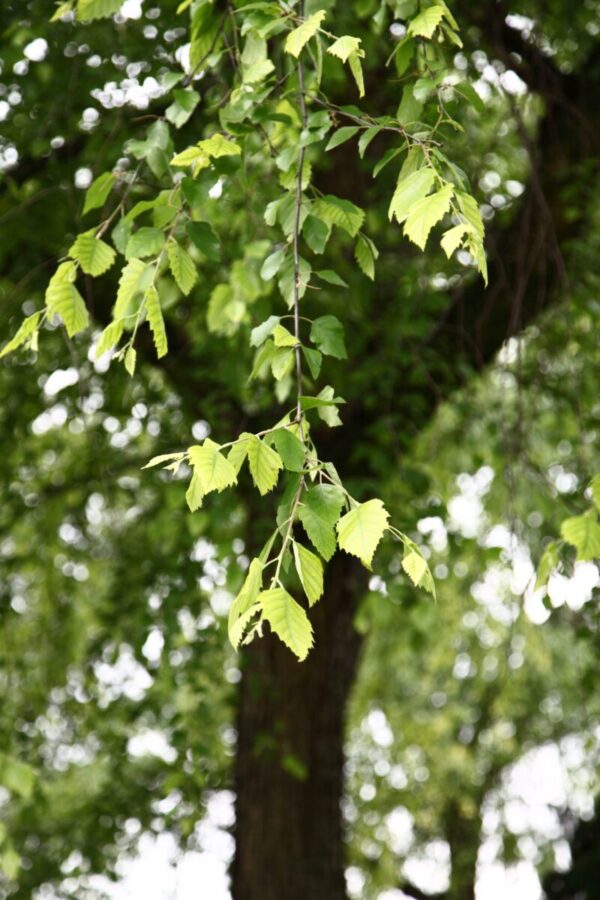
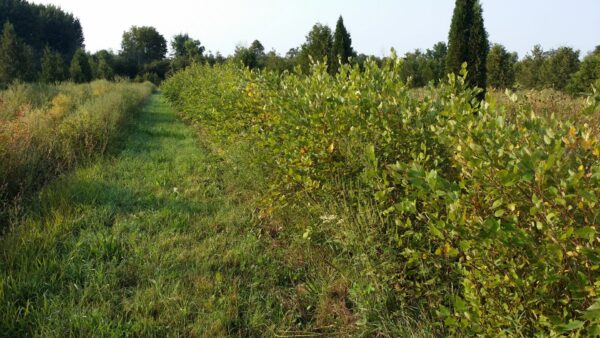
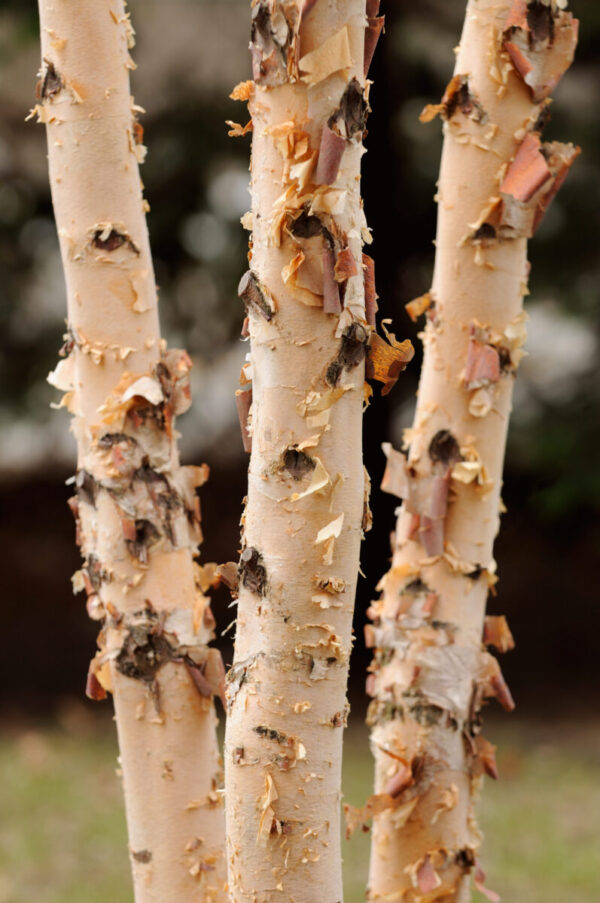
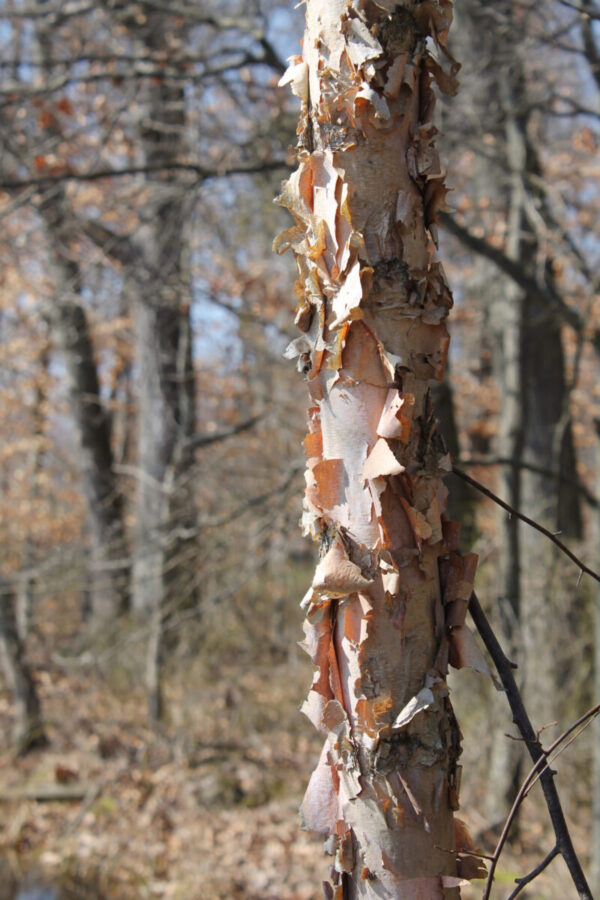
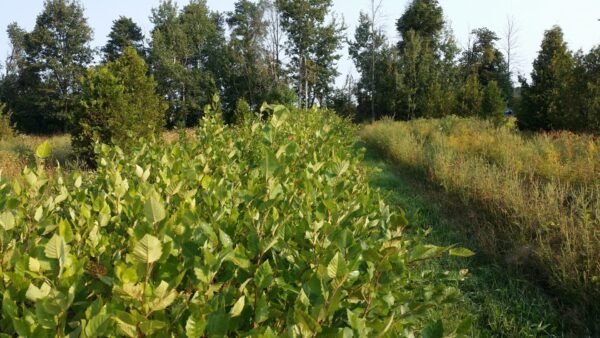
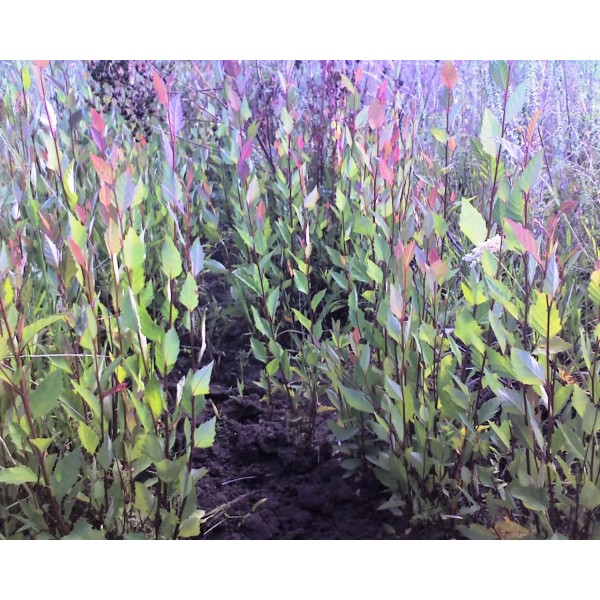
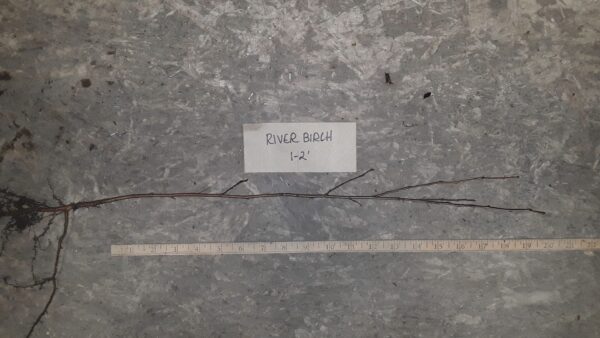
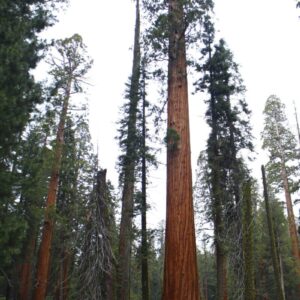
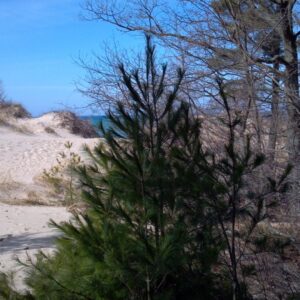
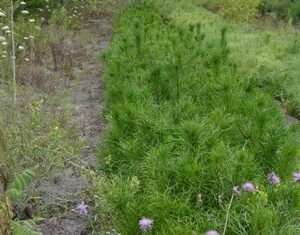
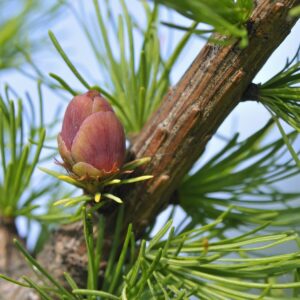
Reviews
There are no reviews yet.